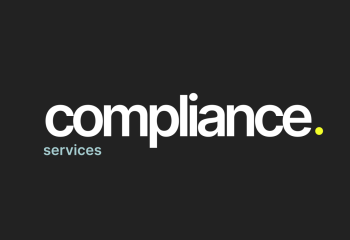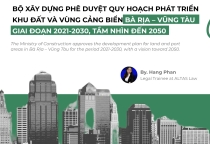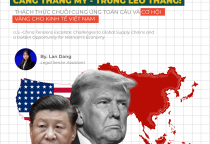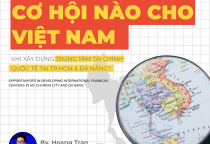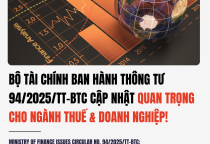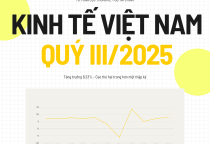Vietnam – United States Joint Statement on the Reciprocal Trade Agreement: A New Gateway for Investment and Economic Growth
Views: 183
HOT NEWS

Written by: Long.N
Of Counsel
Support:
Written on: 28/10/2025
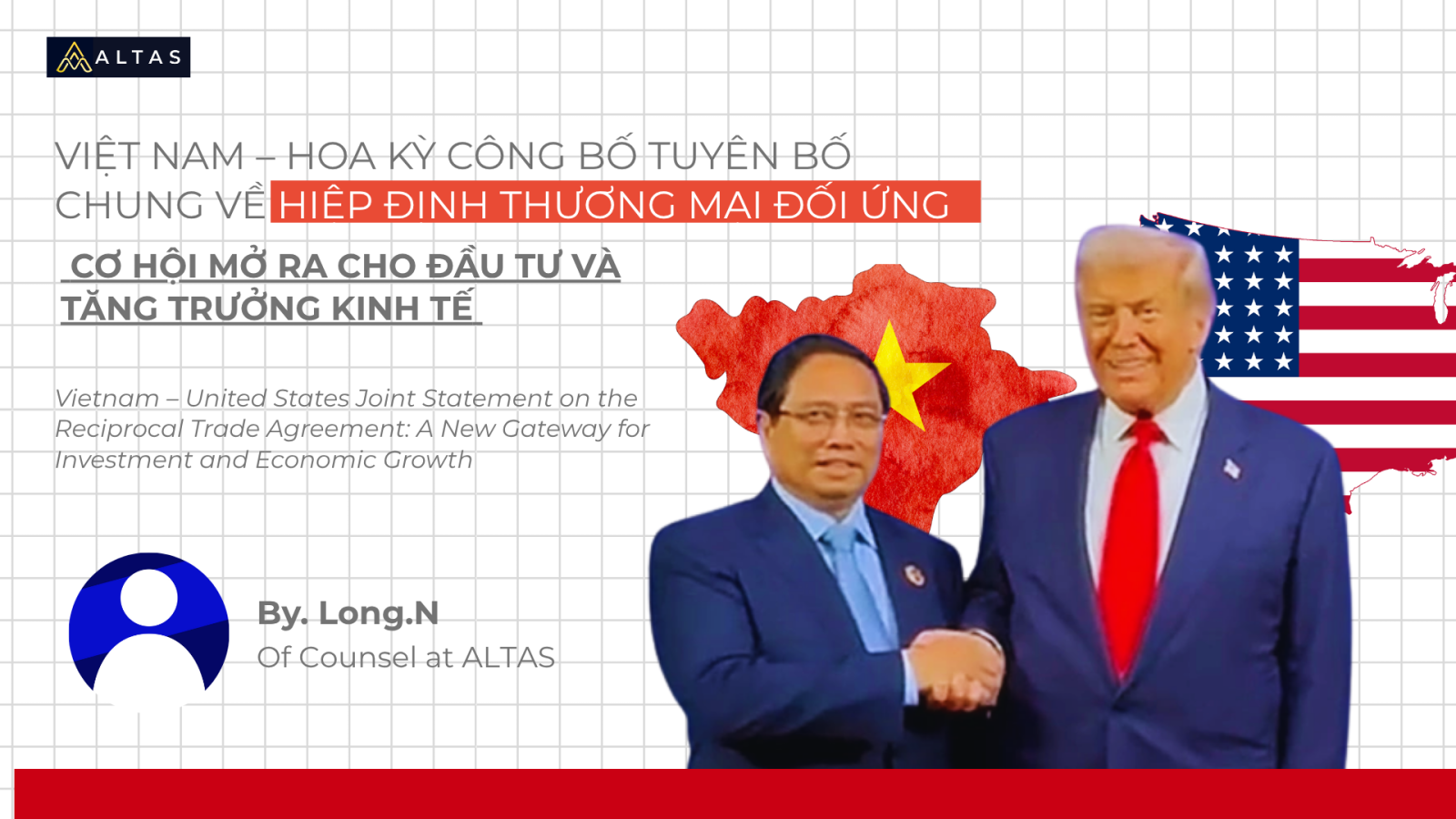
On October 26, 2025, in Kuala Lumpur (Malaysia), on the occasion of the 47th ASEAN Summit, Prime Minister Pham Minh Chinh and U.S. President Donald Trump jointly announced the Reciprocal, Fair and Balanced Trade Agreement Framework, marking a new milestone in bilateral trade relations between the two nations.
According to the Joint Statement, Vietnam and the United States agreed on key principles to facilitate broad market access for each other’s goods while promoting fair and transparent trade.
Vietnam will expand market incentives for most U.S. industrial and agricultural products, while the United States will maintain a 20% reciprocal tariff on goods originating from Vietnam and consider applying a 0% tariff on certain categories.
Both sides also pledged to cooperate in addressing non-tariff barriers affecting trade. Vietnam will:
-
Accept U.S.-standard vehicles, equipment, and products meeting U.S. emission requirements;
-
Simplify the approval process for imported pharmaceuticals, medical devices, and agricultural goods;
-
Fully implement its international obligations on intellectual property.
For agricultural products, the two countries will establish a mutual recognition mechanism for product certification, making imports and distribution more efficient.
In addition, several major trade agreements were signed during the visit, including:
-
Vietnam Airlines’ purchase of 50 Boeing aircraft worth over USD 8 billion;
-
20 Memoranda of Understanding (MoUs) between Vietnamese and U.S. enterprises for U.S. agricultural imports, totaling about USD 2.9 billion.
Both nations plan to finalize the technical details and officially sign the agreement in the coming weeks.
1. Perspective for FDI Investors: Vietnam in the Wave of U.S. Supply Chain Realignment
This joint statement sends a strong signal to the global investment community, especially U.S. firms and FDI investors planning to establish production bases in Vietnam.
🔹 Opportunities for Investment Expansion
Two-way market incentives: U.S. goods gain access to the Vietnamese market, while Vietnamese goods may soon enjoy 0% tariffs — creating a new investment corridor for companies setting up factories in Vietnam to join the U.S.–ASEAN supply chain.
Technology and production standards cooperation: As Vietnam adopts U.S. technical standards, investors can apply American production technologies without major adjustments, saving compliance costs.
Growth in aviation, agriculture, supporting industries, and logistics: The multibillion-dollar Boeing and agricultural contracts highlight a synergistic ecosystem between the two economies, paving the way for supporting FDI.
🔹 Potential Risks and Challenges
-
Rules of origin control: Investors must ensure transparent sourcing to avoid anti-circumvention tariffs.
-
High compliance costs: Exporting from Vietnam to the U.S. requires higher initial investment to meet strict emission, safety, and testing standards.
-
Rising competition: As FDI inflows from multiple countries increase, labor, land lease, and logistics costs in Vietnam may rise.
🔹 Strategic Recommendations for Investors
-
Focus on sectors likely to benefit from 0% tariffs or linked to U.S.–Vietnam value chains.
-
Build transparent origin-tracking systems using digital technology for supply chain management.
-
Choose strategic investment locations near seaports, airports, or in southern economic corridors connected to the U.S.–ASEAN network.
-
Integrate ESG and green transition policies, as these are increasingly emphasized in U.S. trade frameworks.
2. Impact on Vietnam’s Economy: A Strategic Leap Toward Deeper Integration
✅ Opportunities
-
Boosting exports and FDI: Reduced reciprocal tariffs and increased U.S. imports strengthen Vietnam’s role as a manufacturing and export hub in Southeast Asia.
-
Institutional and regulatory improvement: Commitments on IP, pharmaceuticals, and emissions push Vietnam to upgrade its legal framework and enhance transparency, attracting sustainable FDI.
-
Technology transfer acceleration: U.S. investment in Vietnam creates opportunities for high-tech diffusion (aviation, clean energy, supporting industries) into domestic sectors.
-
GDP and trade balance improvement: Expanded bilateral trade and investment flows are expected to significantly contribute to Vietnam’s growth from 2026–2030.
⚠ Challenges
-
Trade deficit risk if Vietnam imports large volumes of U.S. industrial goods while its exports still face 20% tariffs.
-
Domestic competition pressure as U.S. products gain market access, forcing local firms to enhance competitiveness.
-
Higher compliance costs for both regulators and Vietnamese enterprises to meet international standards.
🔧 Policy Recommendations
-
Expedite finalization of the agreement’s technical terms and publish the list of goods eligible for 0% tariffs.
-
Establish support mechanisms for domestic firms to upgrade technology and value chains.
-
Strengthen public–private–U.S. investor dialogue to remove non-tariff barriers promptly.
-
Promote education and workforce training to supply high-quality labor for strategic export sectors.
Conclusion
The Vietnam–U.S. Reciprocal Trade Agreement marks a historic breakthrough in bilateral economic cooperation, opening doors for high-quality FDI inflows while driving comprehensive modernization of Vietnam’s economy.
Content Moderated by
Long.N
Of Counsel











